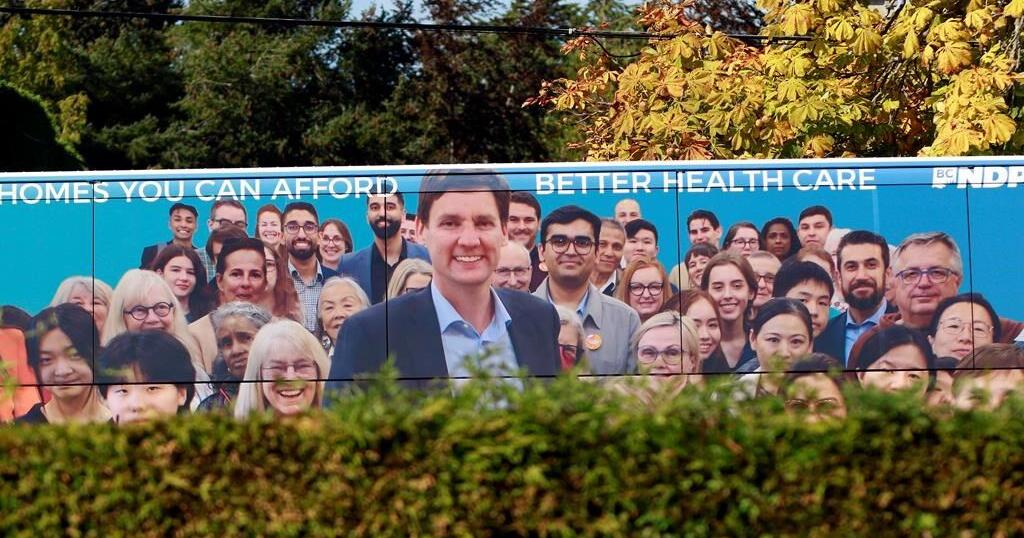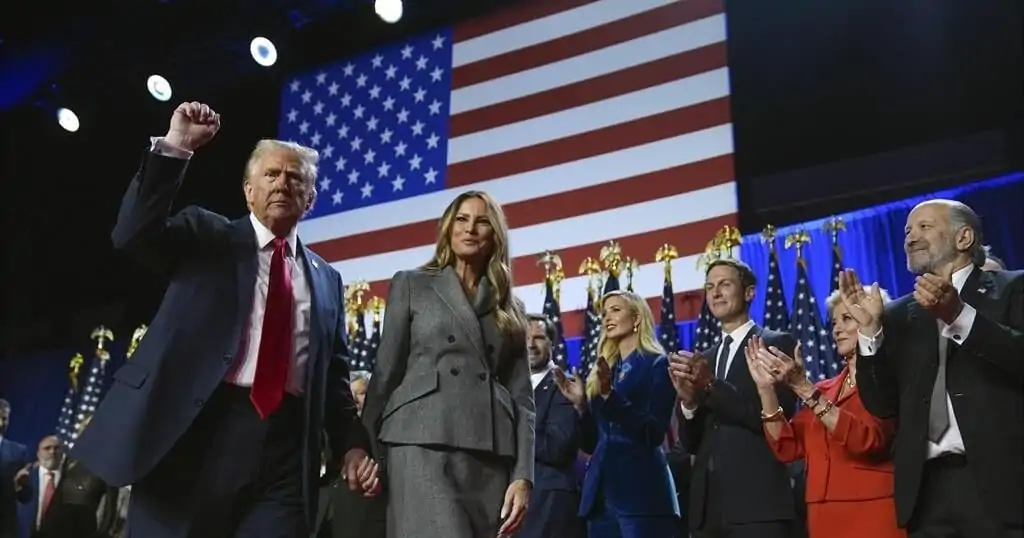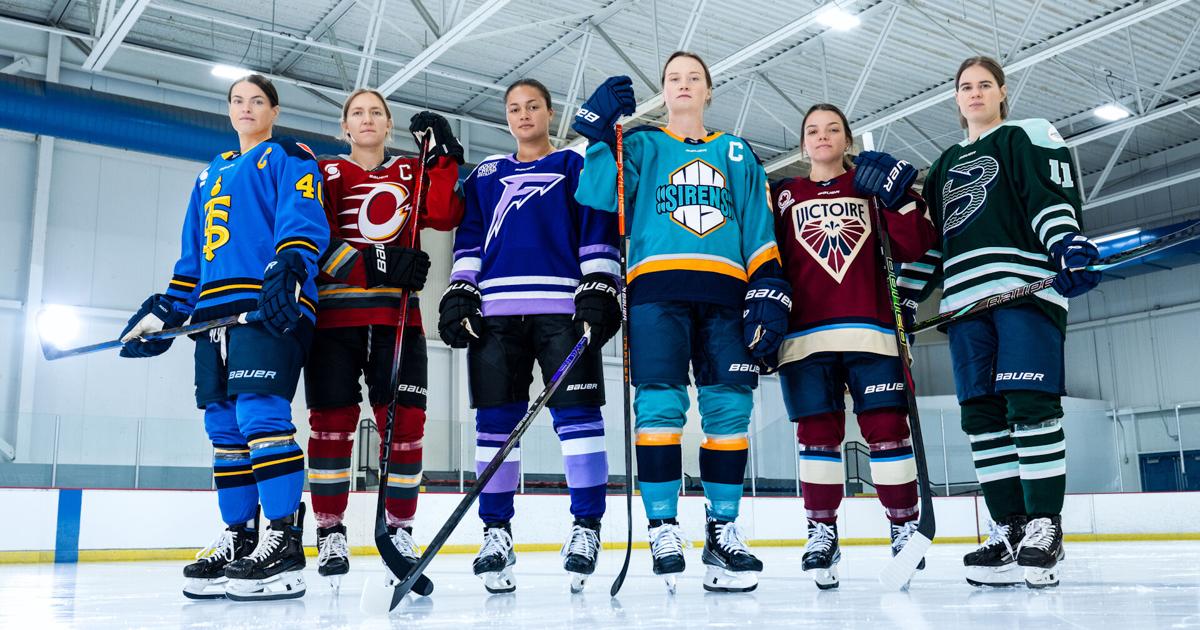VANCOUVER – The New Democrats are campaigning for another term in British Columbia‘s provincial election but without many of the familiar faces that have graced lawn signs of elections past.
About a quarter of the NDP cabinet ministers who held a portfolio when the election campaign kicked off in September won’t have their names on the ballot when B.C. residents go to the polls on Oct. 19.
That includes veterans and high-profile politicians who spent decades in the legislature, and who held hefty portfolios. Their departures were announced when the NDP was considered a clear favourite, but the folding of the Opposition BC United campaign at the end of August has led to a tightening of the race with the B.C. Conservatives.
Harry Bains, Bruce Ralston, Katrine Conroy and Rob Fleming were all first elected in 2005 and have served five terms in the legislature, but will not be on the ballot this year.
Neither is George Heyman, first elected in 2013, nor Murray Rankin and Mitzi Dean, who were both elected provincially in 2020.
B.C. Conservative Leader John Rustad has used the departures as an attack point against NDP Leader David Eby, saying “half of his cabinet has resigned and is not running.” In fact, seven out of Eby’s 27 cabinet colleagues are not standing again.
“He obviously does not have the confidence in his own team to do a cabinet shuffle and put people in position. What does that say about David Eby’s leadership?” said Rustad over the weekend.
University of the Fraser Valley political scientist Hamish Telford said even with the changes, the retiring heavy-hitters come mostly from ridings that are NDP strongholds and are likely to remain that way.
“Recruitment is easier when it’s a strong riding, because if you win the nomination, there’s a pretty good chance you’ll win the election. So, they can recruit good candidates,” he said.
“Those candidates, of course, (it’s their) first campaign, new campaign teams, but they’ll be able to get the information from the old candidates, and because they’re safe ridings it’s usually not too much of a problem.”
Telford said such turnover is common ahead of an election campaign, and it’s not surprising that some ministers would choose to retire after decades on the job.
Ralston, who is retiring as forests minister after representing Surrey, said he felt now was a good time to pass the torch.
“(My) only advice would be to keep the public interest in mind. That’s the most important thing. Respond to what people want and what people need,” he said to would-be legislators ahead of the official campaign.
Environment Minister Heyman said his decision not to run for re-election in Vancouver came after more than a decade in politics and environmental and union leadership.
“I’ll be 75 years old when the election’s held in 2024,” he said in July. “I would like to slow down a bit and spend more time with my family.”
Telford said that among the seats being vacated by sitting NDP ministers, the Kootenay riding of outgoing Finance Minister Katrine Conroy could be more at risk.
“There have been changes in the Kootenay riding boundaries for this time around, and that’s going to be maybe a tougher one to hold. It’s not as safe an NDP seat as say, those ones that have retired in Surrey or Victoria,” he said.
Conroy told reporters on Sept. 10 she was comfortable with her decision to step away, even after the political shakeup when BC United Leader Kevin Falcon suspended his party’s campaign and placed his support behind the provincial Conservatives.
“We also have some incredible bench strength coming in as candidates. The person who’s running in my place is a mayor in our region who has had years of experience,” she said referring to Steve Morissette, the mayor of Fruitvale who is running for the NDP in the new riding of Kootenay-Monashee.
“Yes, things have been turned on their head, but I think you just have to look at what we’ve been doing since we’ve been elected in 2017 and we’re going to continue to support people in this province. That’s our goal.”
Telford said some of the ministers announced their plans not to seek re-election before the collapse of the BC United, at a time when polling suggested the NDP might “run the table across the province.”
Since then, the race has become much tighter between the NDP and the B.C. Conservatives, but Telford said the change puts more pressure on Eby, rather than individual candidates.
“We know how campaigns go provincially, all the focus is on the leader, and so, it’s really going to be down to David Eby and his team. I think that’s where the real risk comes for the NDP,” he said.
“David Eby is running his first campaign. He didn’t have to campaign hard to get the leadership of the party and now he’s running his first provincial election campaign, presumably with quite a few new advisers in place.
“And I think that’s probably more of a challenge than losing these cabinet ministers. Cabinet ministers are locally well known, but at the provincial level they are not especially household names.”
Telford said removing the BC United Party as a contender could make it easier for the NDP to hold on to some of its strongholds.
“As long as they’re solid NDP ridings, it should not be a problem, and it may have been more of a challenge in places if it had turned into a three-way race with (BC United), Conservatives and the NDP, because in a three-way race funny things can happen,” he said.
In addition to the exiting ministers, at least five other sitting NDP legislators are not standing for re-election. Former cabinet minister Selina Robinson, who quit the NDP in March, citing antisemitism in the caucus, and now sits as an Independent but is not running again.
Fleming, the outgoing transportation minister, said he would continue to support the New Democrats after retiring from his riding in Victoria.
“I never thought I would actually be a member of the legislative assembly for 20 years. That wasn’t the game plan,” he said on Sept. 12.
“So, when is the right time for anybody in public life who still enjoys it, and I still do, to leave? I don’t know, but it felt about right.”
This report by The Canadian Press was first published Sept. 30, 2024

























